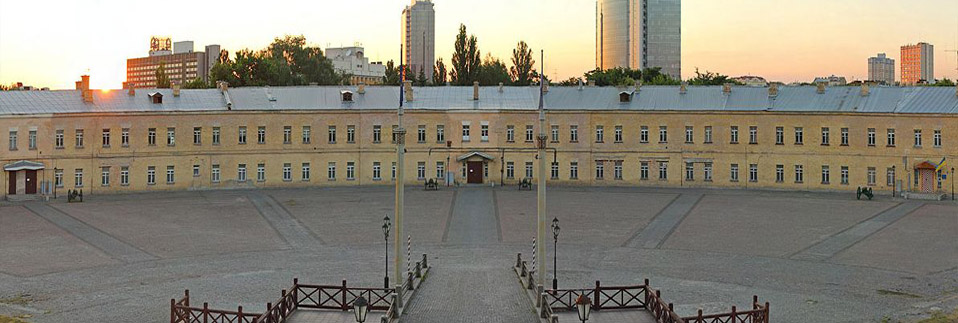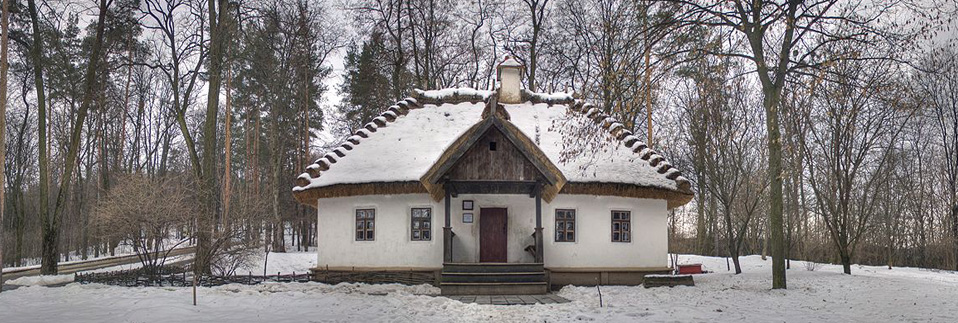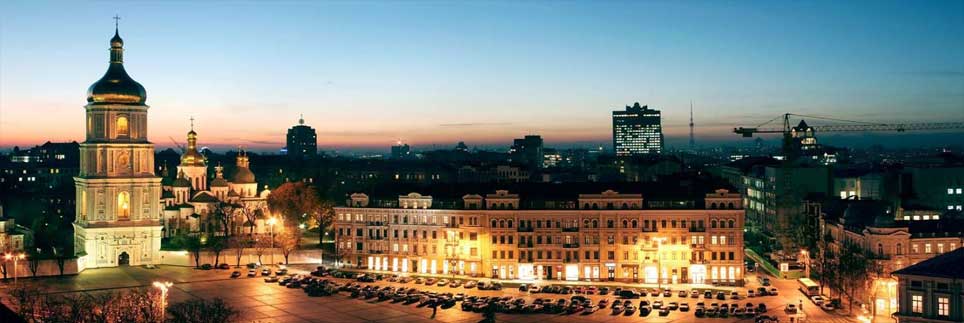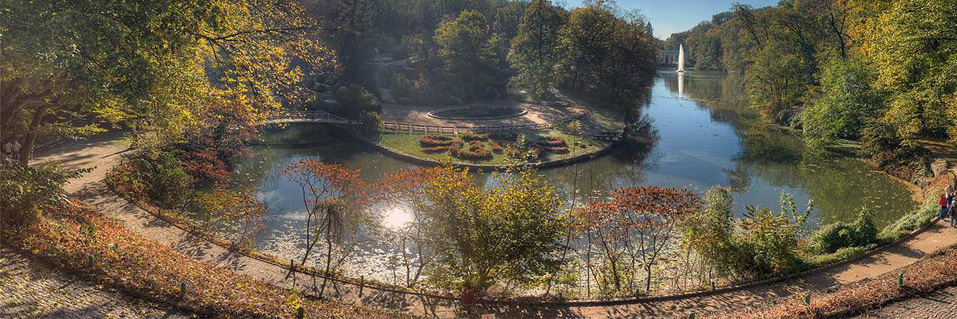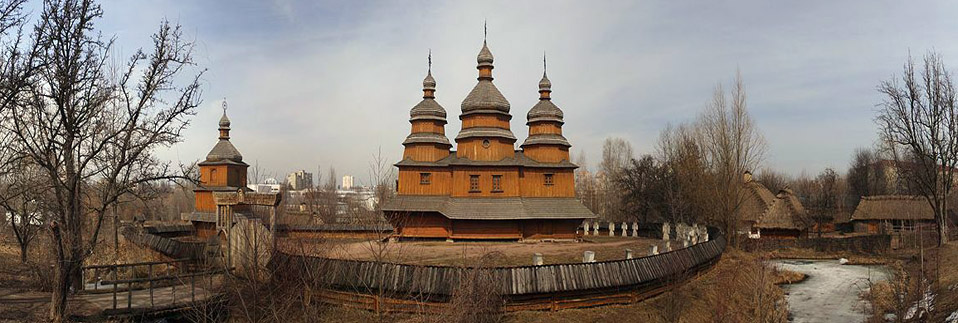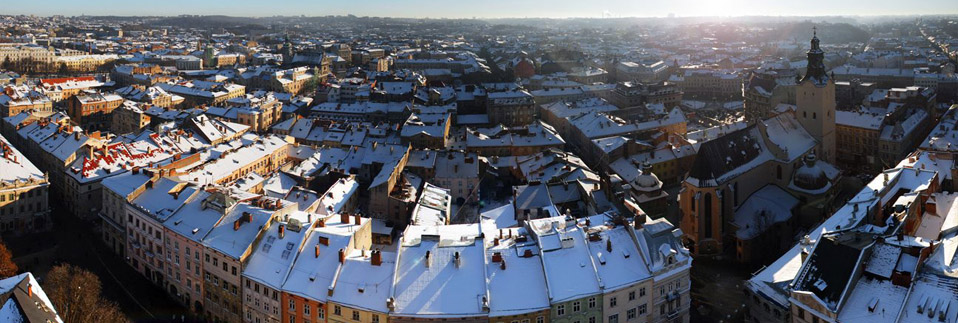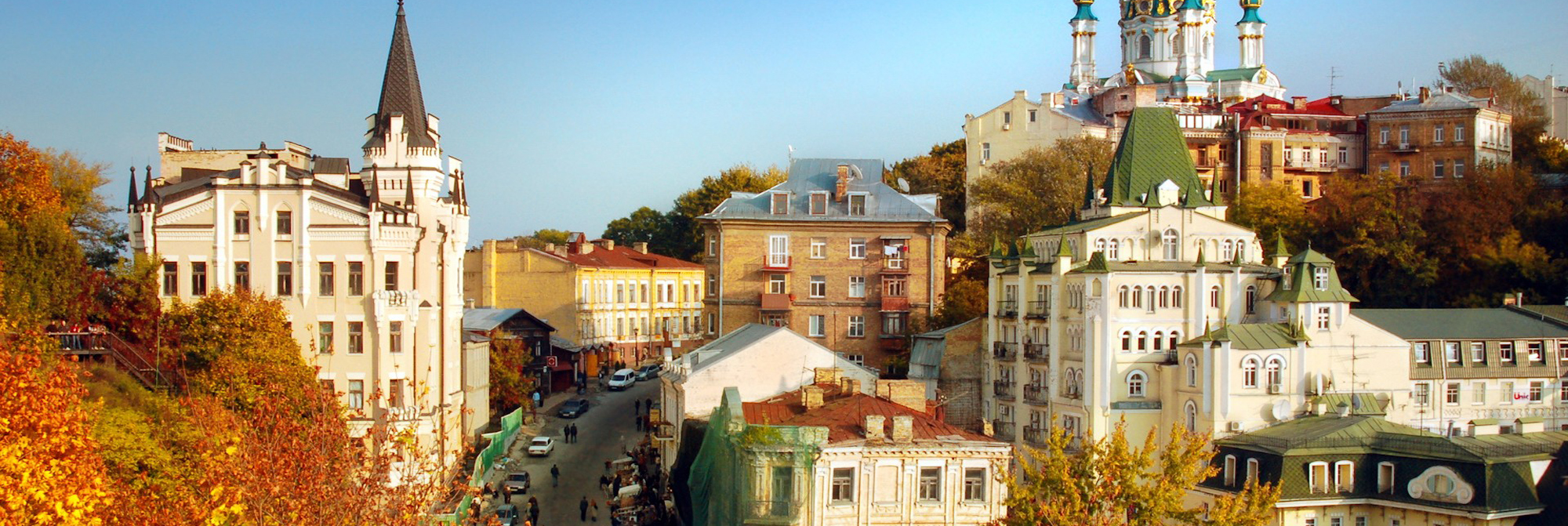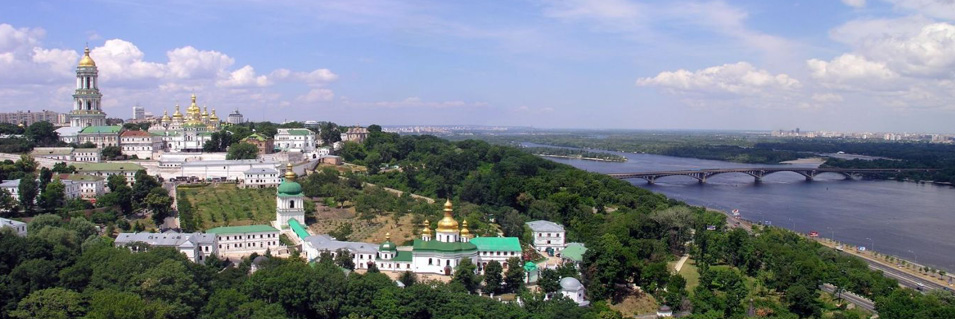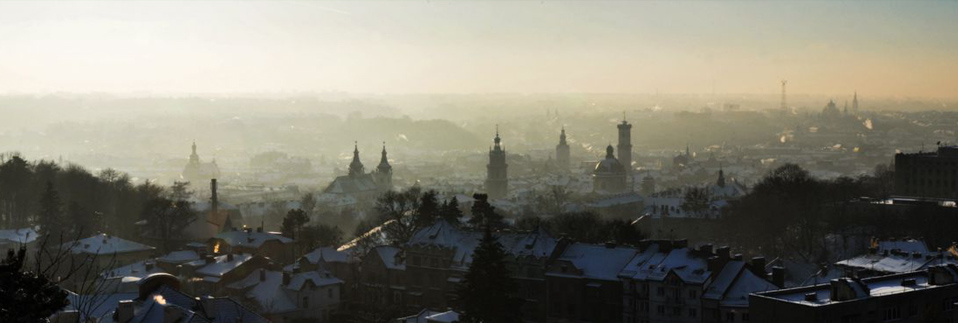Zaporozhje

When someone mentions the name of this city one immediately recollects the history of Ukrainian Cossacks who lived on the Khortytsia island. The city was founded in 1770 as Alexandrivska fortress to protect the Southern borders of Russian Empire from the Turks and the Tartars.
It started its intensive growing after the Dniproges (Dnieper Hydroelectric station) had been commissioned in 1932 on the place of the river rapids. To-day it is a very important industrial centre of Ukraine. The population is about 1 million. The main branches of industry - steel and cast-iron production, machine building, electrical engineering and production of electricity. Being a large industrial city it nevertheless has its own charm of cultural and historical centre. The city is located on two picturesque banks of the mighty Dnipro river in the middle of which a big island of Khortytsia is dividing it into two curling arms.
The city-tour of Zaporizhia includes the visit to Dniprogess - a famous hydroelectric station that was the first one to be built in Ukraine. The tourists can see the main electric generating facilities and listen to the story of this power plant construction and the development of power engineering in Ukraine.
Driving along the streets of the city the tourists can see the monuments to B.Khmelnytsky (1965), T.Shevchenko (1964,) A.Vinter (1966 - an academician who directed the construction of the Dnipro Hydroelectric station dam).
It is worth to visit the museums: Regional Museum, Art Museum, Museum of Folk Creations and Ethnography, Zaporizhia Cossacks Historical Museum.
The boat ride round the island of Khortytsia (the biggest one on the Dnipro river, its coast-line extends for 26 km) will bring an hour of pleasant relaxation.
Of special interest are the visits to the monument to "Cossack Glory" in Nikopol (70 km) where is the grave of the Cossacks' chieftain Ivan Sirko .
The area round Zaporozhje is very rich in history. It was the land of ancient Scythians and the whole-day trip to Kamiana Mogyla ("Stone Grave"- 120 km from the city) will acquaint the visitors with this unique archaeological monument dating back to the 20th-16th cc B.C. scattering on the territory of 15 ha. It also represents the remnants of the Russian-Turkish war fortifications system (18th c.). One can go to the Mennonite colonies (in Molochna) and to Guliaipole (the native village of an anarchist Nestor Mahno - one of the mysterious and unpredictable figures of the Ukrainian revolution and civil war of 1918-1920).
The Khortytsia National Reserve
 This is a "must" visit in Zaporozhje. The reserve is located on the "Khortytsia" island (2,650 hectares) that was inhabited in prehistoric times. The island was for the first time mentioned in the work "Management of the Empire" (10th c. A.D.) written by the Byzantine Emperor Constantine the Porphyrogenitus.
This is a "must" visit in Zaporozhje. The reserve is located on the "Khortytsia" island (2,650 hectares) that was inhabited in prehistoric times. The island was for the first time mentioned in the work "Management of the Empire" (10th c. A.D.) written by the Byzantine Emperor Constantine the Porphyrogenitus.
Yet its utmost fame the island gained as a stronghold of the Ukrainian Cossacks about 500 years ago. For 2 centuries it was a cradle of independence and free-thinking. Historical sources testify that the first Zaporiska Sich ( legendary military advanced post of the defenders of the Ukrainian lands) was located in this very island. The Cossacks launched their anti-Polish rebellions in the 17th c. from here. The post was destroyed by the Russian army in 1775.
On the island of Khortytsia one can visit the Museum of Zaporizhia Cossacks History. On the island the guests will meet real Cossacks, watch their consummate mastery of horse-riding, their cheerful games during the Equestrian Show and finally the tourists will appreciate a traditional Cossack Cuisine in "Cossack Podvirya" Restaurant.
- Войдите или зарегистрируйтесь, чтобы отправлять комментарии


